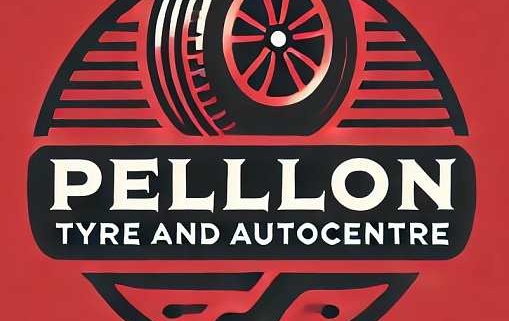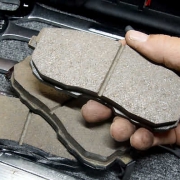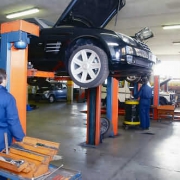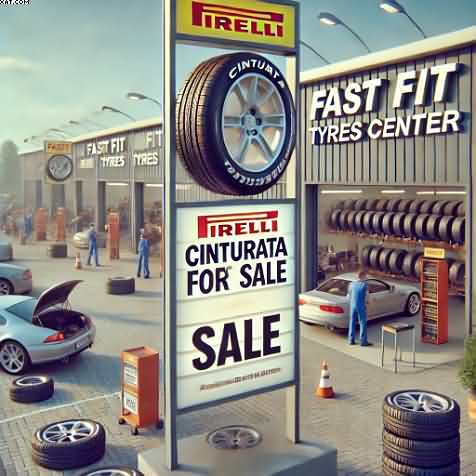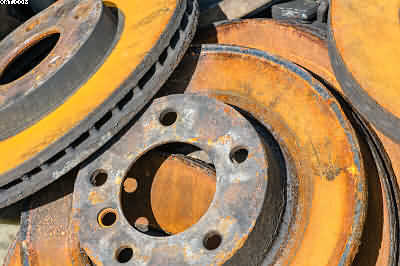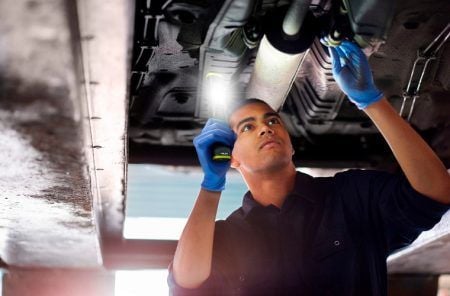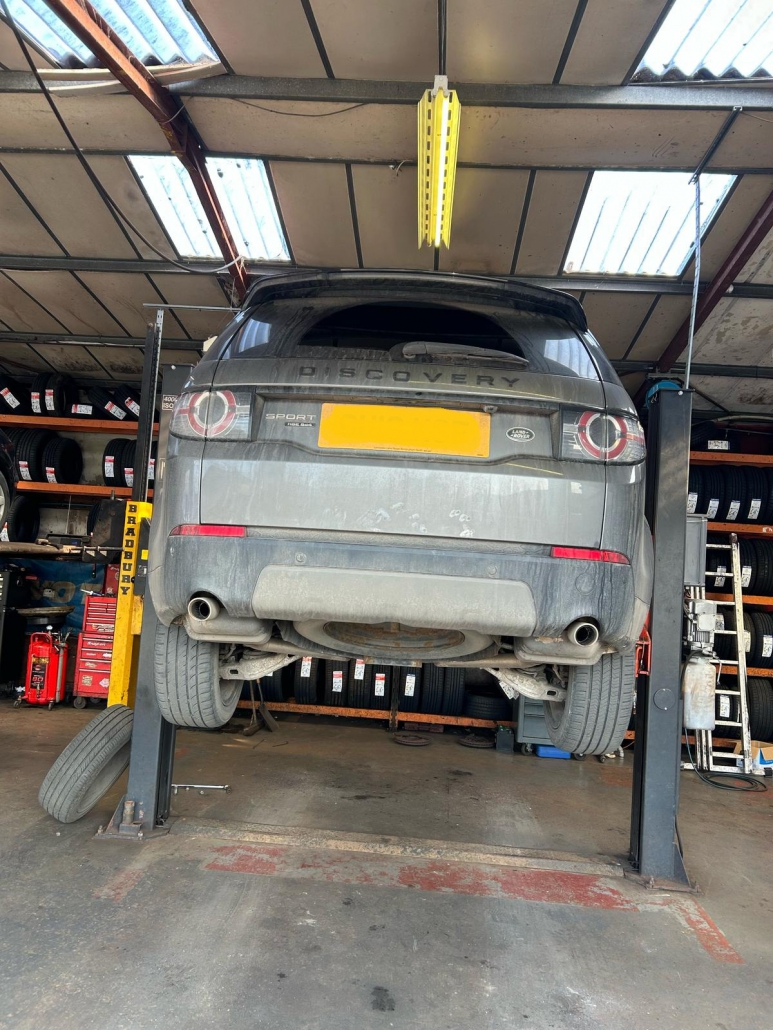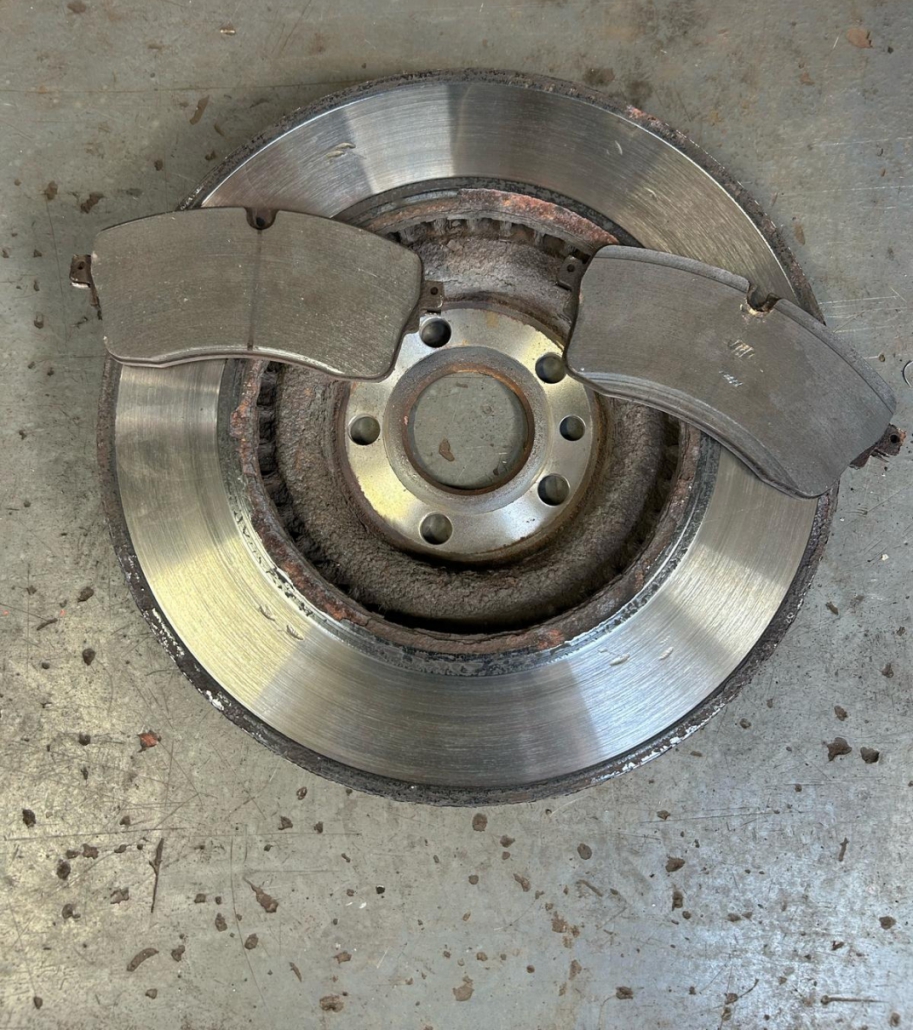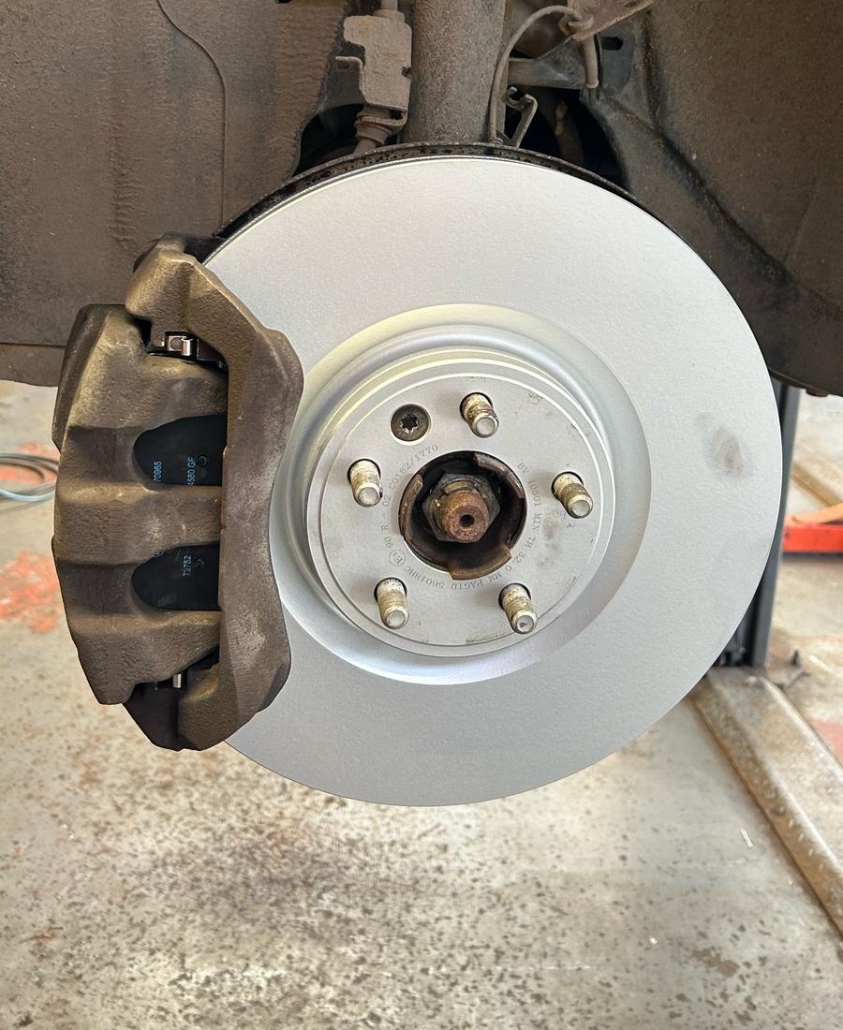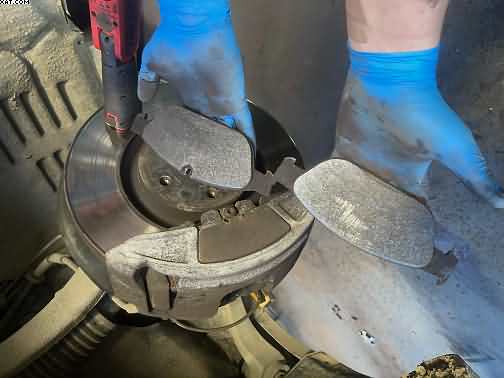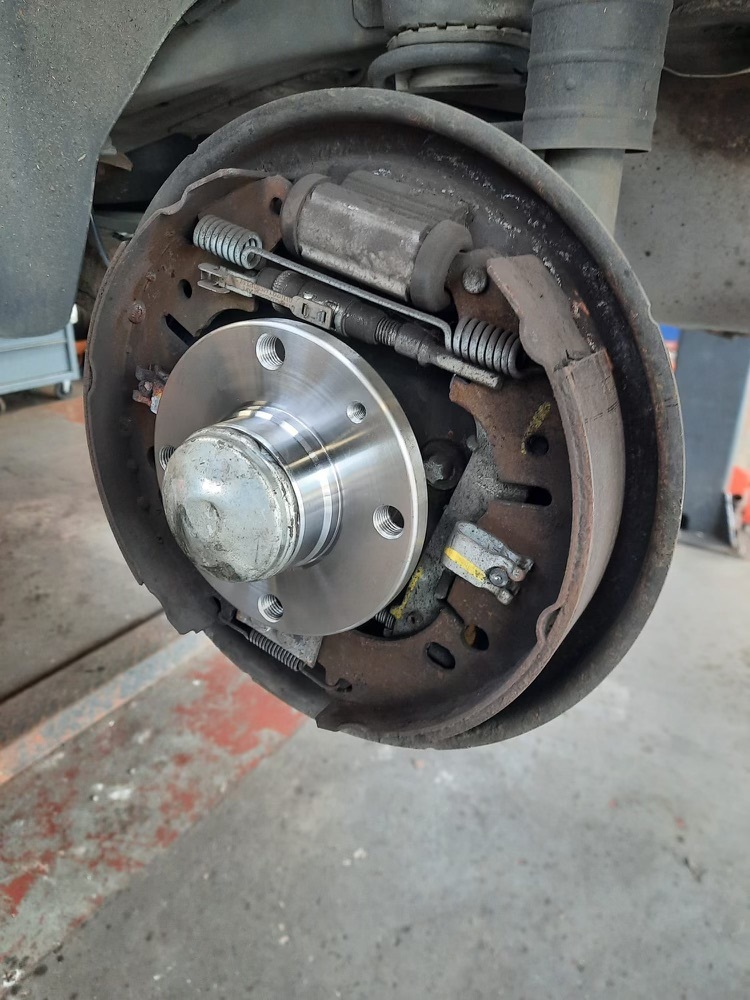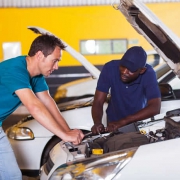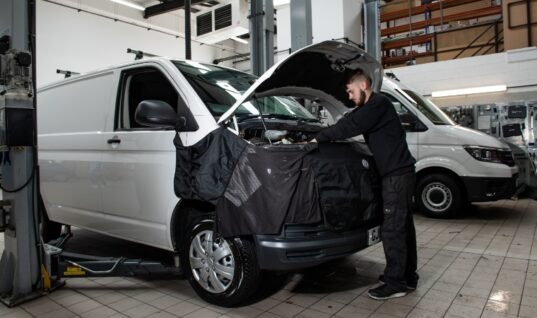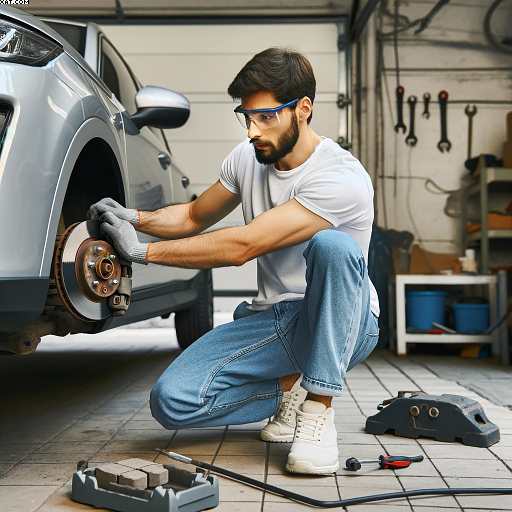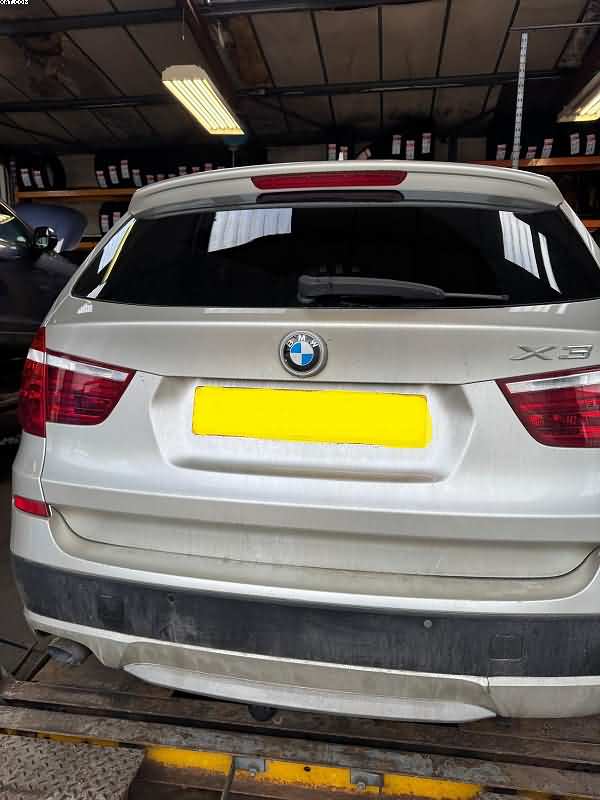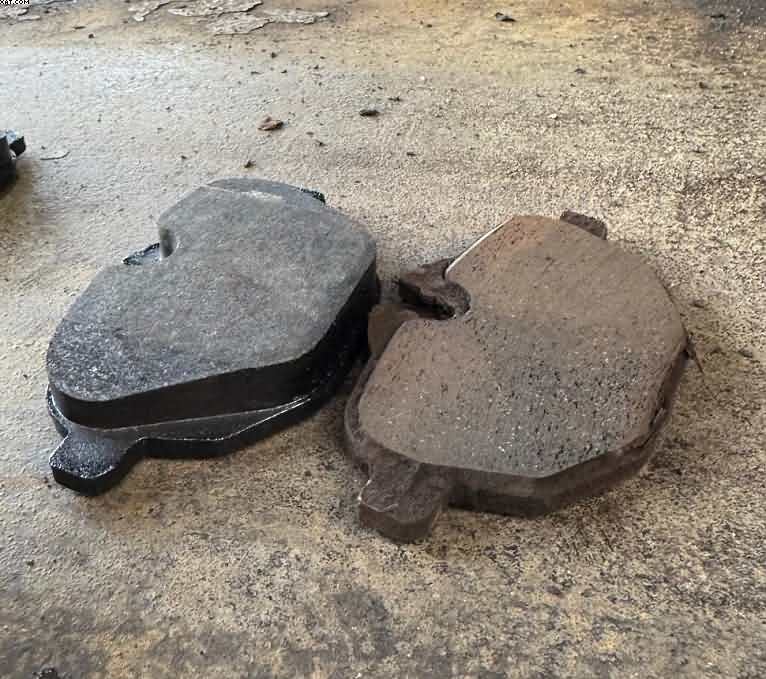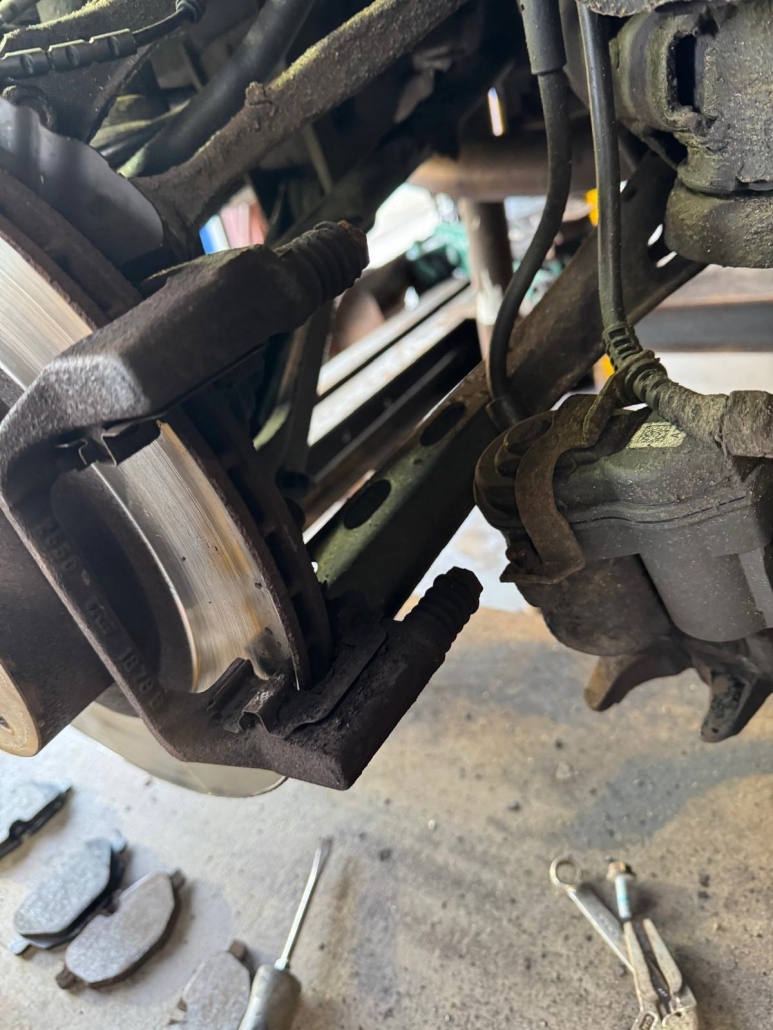Anti-lock Braking System (ABS)
Table of Contents
Anti-lock Braking System
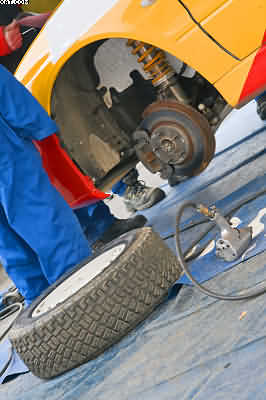
Anti-lock Braking System
This article is about your anti-lock braking system. Thus, the ABS fitted to your car is an additional safety feature. Hence, this is now found on many modern cars. Your car’s ABS system For this reason, it is designed to help prevent your wheels from locking. Especially during heavy braking situations, such as cornering on a wet or snowy road,
Importantly, your ABS will prevent your car from skidding
or aquaplaning. Your ABS system is made up of the ABS module and has sensors fitted on each of your wheels. As a result, these sensors detect your wheel speed. Hence, this will send a message to the ABS module. This reacts by rapidly pumping the brakes when detected. Especially when the car is skidding and has lost traction on a wet or icy road.
If your car is not fitted with an ABS system, you may lose traction due to a loss of traction. On slick roads, skidding or aquaplaning might be the cause of this. When you have to apply your brakes, then, without ABS, you could lose control of the car. As a result, your ABS system on your vehicle will give you plenty of warning signs when there are any problems with the ABS brake system.
The ABS system modulates brake pressure-Anti-lock Braking System
In order to keep track of speed and wheel spin, anti-lock brakes require a number of sensors. The technology detects when the wheels start to lock up and delivers pressure to each wheel at a different rate to stop the vehicle. By doing this, the wheels won’t lock up.
Brake pressure is regulated to maintain optimal stopping force and control when ABS is on. When the vehicle slows down or stops, the ABS regulates brake pressure by pressing harder on the brake pedal. The opposite is also true when the vehicle slows down or stops.
For commercial vehicles, ABS was first created. After it was shown to increase vehicle safety, it was later adopted for automobiles in the 1980s. It is now a standard feature on all new cars to increase safety.
Your car will slow down using hydraulic pressure-Anti-lock Braking System
and the ABS. The purpose of this device is to stop the wheels from locking up during braking, which could result in an accident. Additionally, it aids you in keeping control of your vehicle when stopping on unsteady or wet and muddy ground.
I think it is important for the driver to be aware of the warning signs. By knowing about the problems and correcting them, you are more likely to be able to address the problem should one occur. As I have said previously,
ABS works by detecting individual wheel locks and momentarily releasing the brakes on that particular wheel. Hence, by cutting out the amount of brake fluid, which is supplied to the wheel via the master cylinder,. Therefore, allow the wheel to regain traction and then carry on driving in safety.
